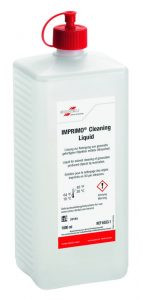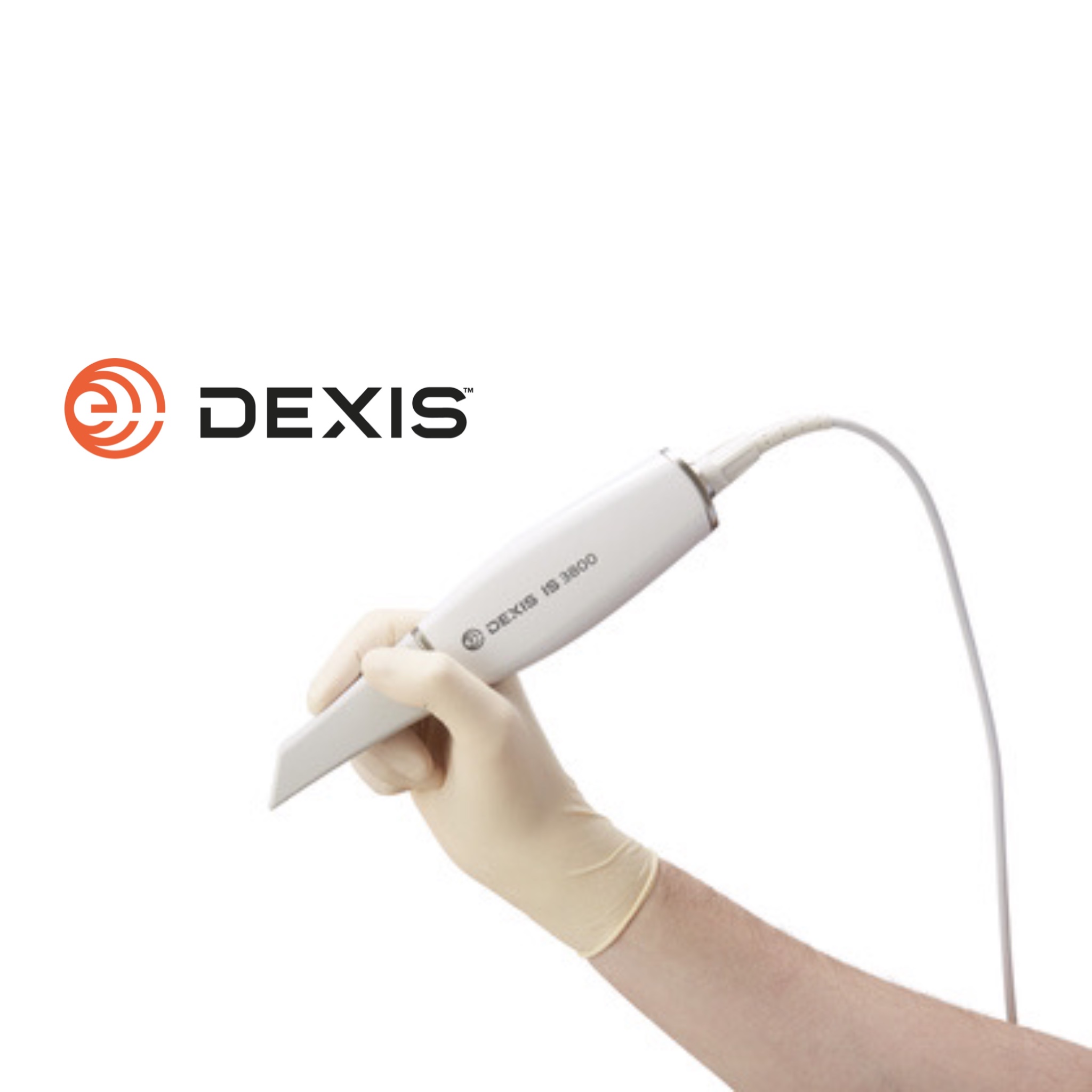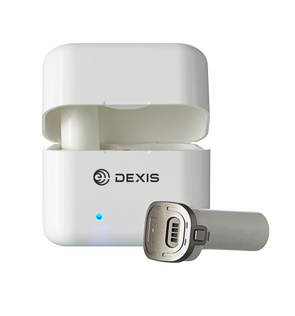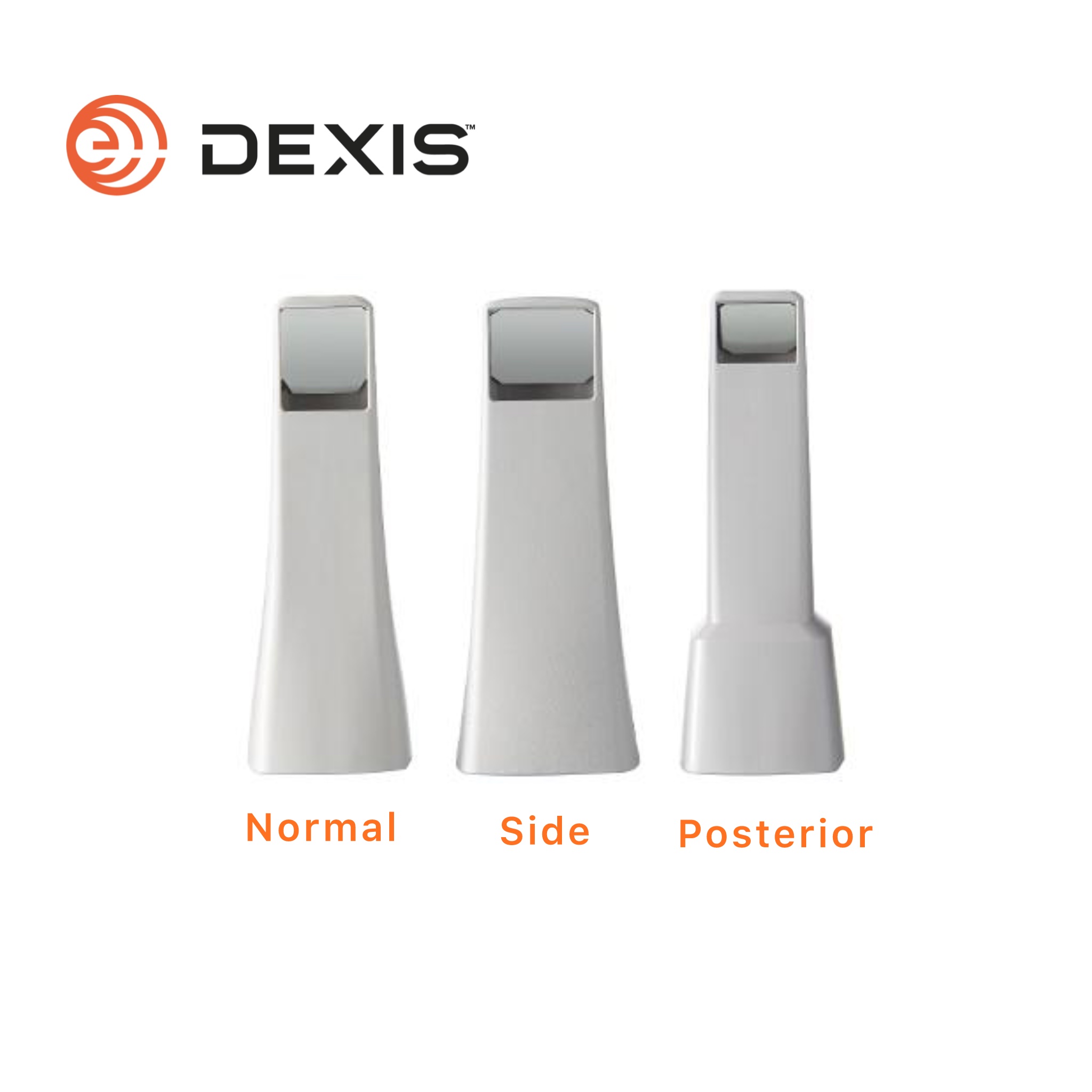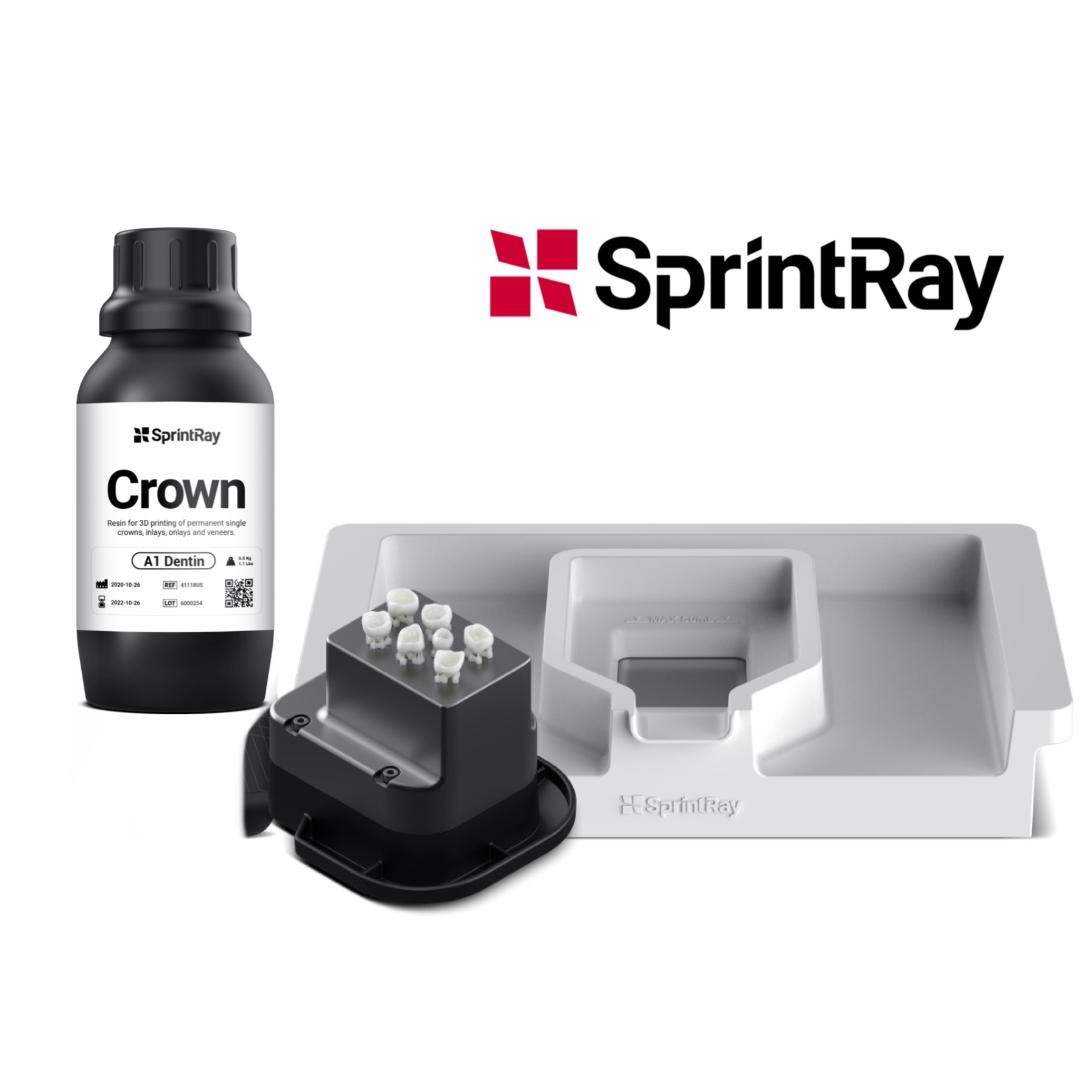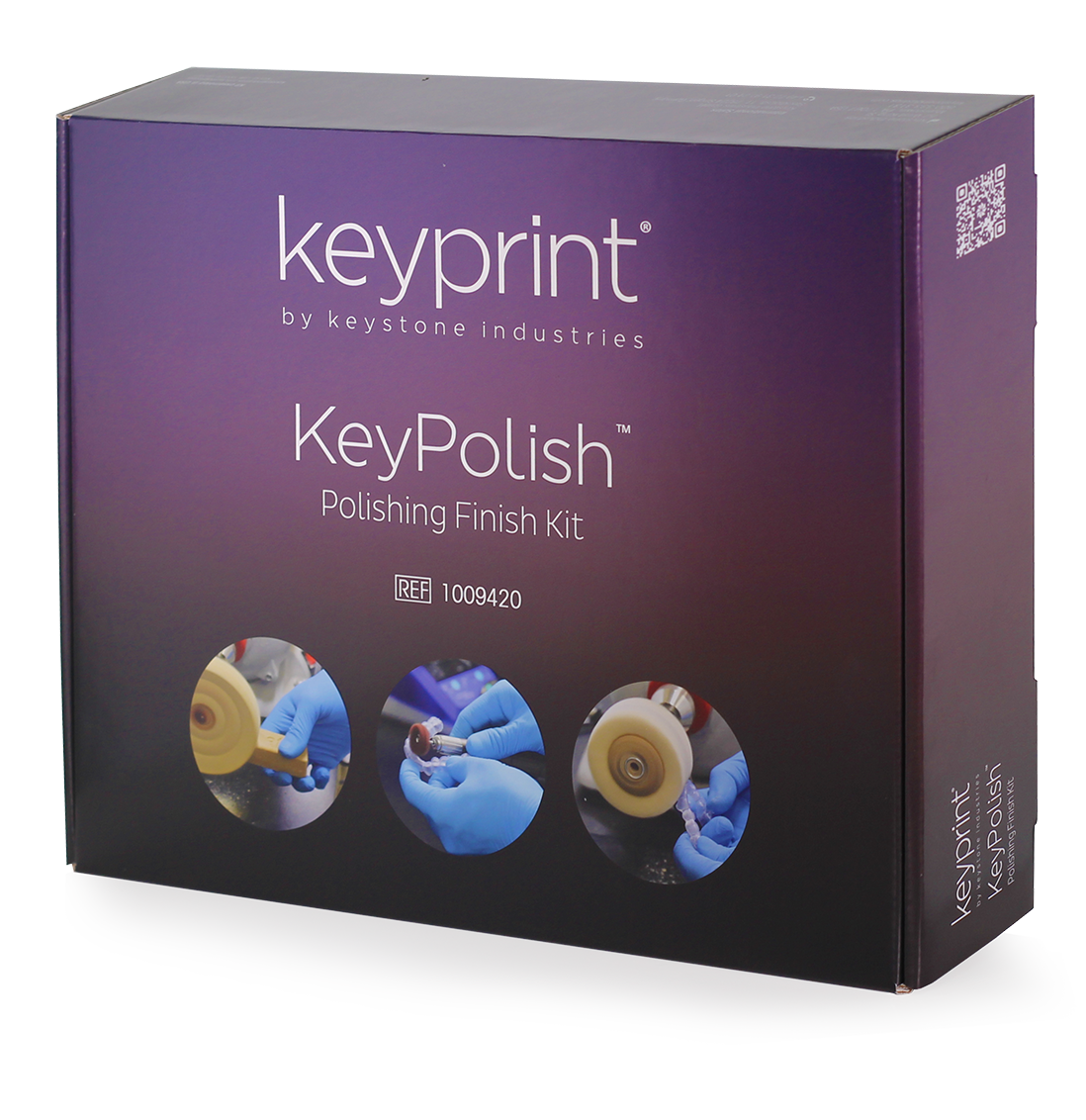The Hidden Danger In Your Lab
The use of isopropanol (also known as isopropyl alcohol and IPA) in dental labs has increased exponentially in recent years, along with the rise in popularity of 3D printing. Its efficacy as a cleaning solution and relatively low cost have made it an understandable, if not popular choice for the dental technicians among us.
I say ‘not popular’ because there are definite downsides to the use of isopropanol. Users often complain about the acrid smell, which can cause headaches with prolonged exposure.
No one wants to work in a foul-smelling environment, but compared to the more serious drawbacks of isopropanol use, the smell should be the least of our worries.
In this article, we look at the safety issues presented by the ongoing use of isopropanol by dental professionals – and how to counter them.
Flammable solution
Isopropanol is a highly flammable solution which can easily ignite. It must be kept safely away from all sources of heat, sparks and flames. It must also be kept away from strong oxidisers, acids, chlorine, ethylene oxide, acetaldehyde and isocyanates. We recommend storing it in a flammable safety cabinet.
IPA can enter the body through ingestion, inhalation, and absorption.
Ingesting isopropyl alcohol
Although it is unlikely to be ingested in a professional setting, you do need to be aware of the dangers. Ingestion should be treated as a medical emergency, as IPA poisoning can cause seizures, induce hypothermia and subsequently lead to cardiac arrest.
Limiting access to large amounts of Isopropanol can deter misuse. It should always be kept in a clearly marked container and never kept anywhere or in anything that might cause confusion, for example in a water bottle.
Inhalation
Isopropyl alcohol inhalation occurs whenever you are in the vicinity of an open container.
Working with reasonable amounts of IPA is generally considered to be safe, but it can lead to headaches. However, inhaling large amounts can cause nausea, vomiting, irritation of the nose and throat, and difficulty breathing.
Absorption
Isopropyl alcohol is quickly and easily absorbed through the skin, so an accidental spill on to the skin may cause poisoning if in a large amount. Small amounts of IPA on the skin are generally not dangerous, but repeated exposure can cause symptoms such as itching, redness and rashes. Prolonged exposure can cause skin corrosion.
If contact with the skin occurs, the area should be thoroughly rinsed, then washed with soap and water. In the event of a spill over a large area of skin, follow the steps above and monitor for signs of poisoning. Seek immediate medical assistance if symptoms appear.
If an affected individual is wearing contact lenses, they should be removed. The eyes should be flushed with water or saline solution for 20 -30 minutes.
Symptoms of Isopropanol poisoning?
Common symptoms and signs of Isopropanol exposure include:
- Dizziness
- Slurred speech
- Slow breathing
- Vomiting
- Unresponsive reflexes
- Low blood pressure
- Stomach pain
- Nausea
- Rapid heart rate
- Low body temperature
- Throat pain
- Seizure
- Coma
If you or someone you’re with experiences any of these symptoms, the first step is to act quickly to prevent further exposure and then move to fresh air. If symptoms persist, seek medical attention urgently.
IPA should always be used under controlled conditions, in a ventilated area, by well-trained staff using proper safety equipment. Ensure your staff understand the symptoms of poisoning so that they can recognise it in themselves or others, and that they know what to do in the event of an emergency.
Switch to IMPRIMO® Cleaning Liquid
Isopropanol can be a useful material within the lab, as long as the proper precautions are taken. However, the risks are undeniable, which is why our laboratory has chosen to move away from its use altogether and switch to IMPRIMO® Cleaning Liquid. This a is a water-based cleaning agent for the effective removal of generative resin residues on 3D printed objects. There’s no nasty Isopropanol smell and most importantly, there is far less risk!
Because it can be diluted with water by up to 50%, IMPRIMO® Cleaning Liquid’s concentrated formula is long-lasting and cost effective.
We think it’s a no brainer. If you’d like to try replacing the Isopropanol in your lab, click here to take a look at a safer, gentler alternative.



